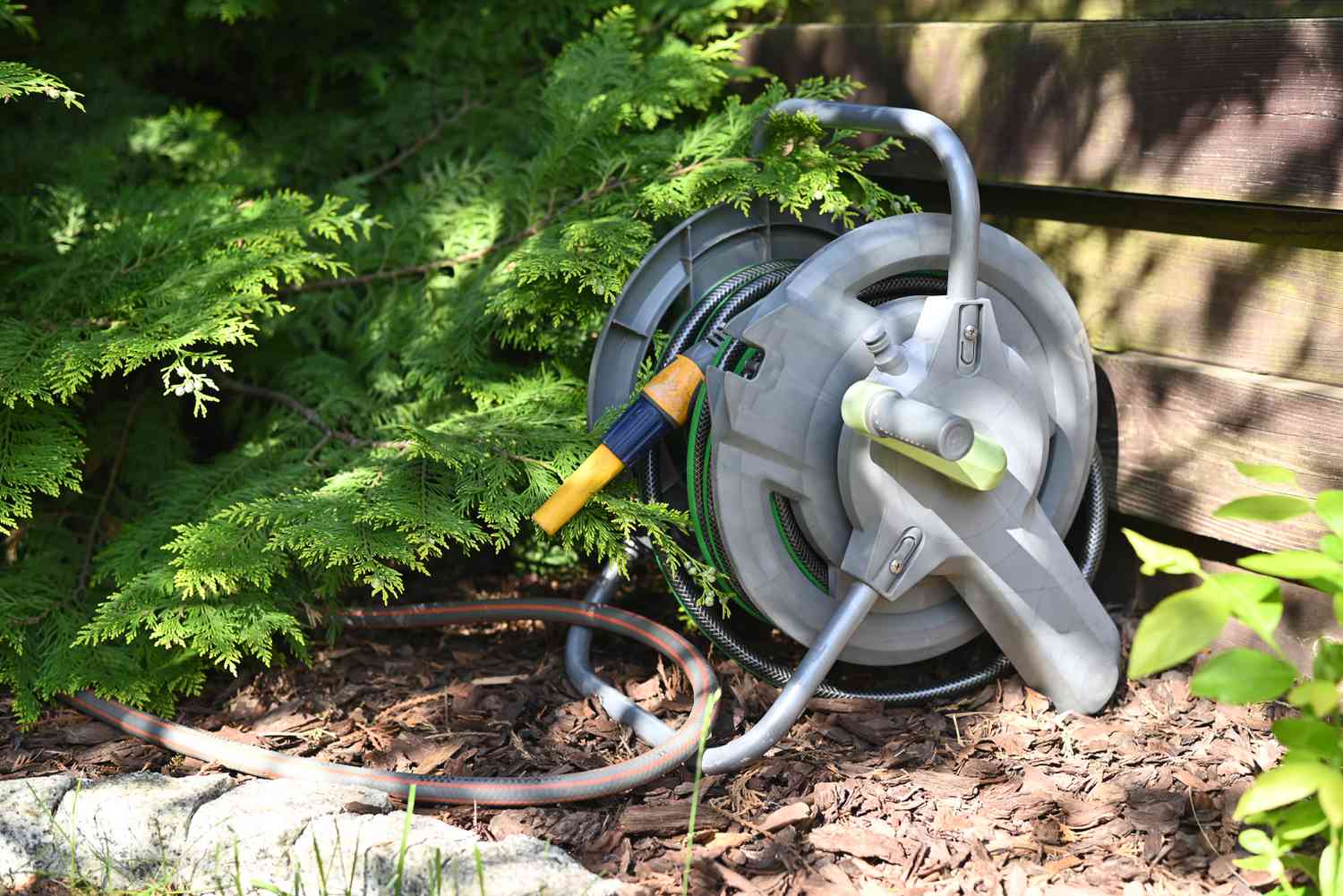

Articles
How To Store Garden Hose
Modified: January 5, 2024
Learn how to store your garden hose properly with these helpful articles. Discover tips and techniques to prevent kinks and prolong the lifespan of your hose.
(Many of the links in this article redirect to a specific reviewed product. Your purchase of these products through affiliate links helps to generate commission for Storables.com, at no extra cost. Learn more)
Introduction
Garden hoses are essential tools for watering plants, washing vehicles, and performing various outdoor tasks. However, when not properly stored, they can become tangled, damaged, or unsightly. In this comprehensive guide, we will explore the best practices for storing a garden hose, ensuring its longevity and ease of use.
By following these steps, you can keep your garden hose organized, protected from harsh weather conditions, and ready for use whenever you need it. Let’s dive in!
Key Takeaways:
- Properly coiling and securing your garden hose, choosing the right storage method, and considering winter storage precautions are essential for maintaining its longevity and functionality.
- Regularly inspecting, handling, and storing your garden hose with care can prevent damage, prolong its life, and ensure hassle-free outdoor tasks for years to come.
Read more: How To Store A Hose
Step 1: Coiling the Hose
Properly coiling the garden hose is the first crucial step in storing it effectively. Follow these steps to ensure a well-coiled hose:
- Start by removing any twists or kinks in the hose. This will make it easier to coil and prevent tangles.
- Find a flat and open area to work with. This could be your lawn, driveway, or any other spacious area.
- Hold the hose end in one hand and use your other hand to guide the hose as you start coiling. Begin by making large loops, working your way towards the faucet end.
- Keep the loops tight and evenly spaced to prevent tangling and make it easier to store.
- Continue coiling until you reach the end of the hose, making sure to maintain an even and consistent coil throughout.
- Once you reach the end, use a hose holder or your hand to secure the coil in place.
- Double-check for any kinks or twists and straighten them out before moving to the next step.
Properly coiling the hose not only makes it easier to store, but it also prevents unnecessary wear and tear. It allows for a compact and organized storage solution, ensuring that the hose remains in good condition for longer.
Step 2: Choosing a Hose Reel or Hanger
Once you have coiled your garden hose, the next step is to choose a suitable storage method. There are two popular options to consider: hose reels and hose hangers.
Hose Reels:
Hose reels are convenient and efficient storage solutions for garden hoses. They come in various types, including manual, automatic, and wall-mounted reels. Here are some factors to consider when choosing a hose reel:
- Capacity: Consider the length and thickness of your garden hose to ensure that it fits comfortably on the reel. Choose a reel with sufficient capacity to accommodate your hose.
- Material: Look for a durable and weather-resistant material like stainless steel or sturdy plastic. This ensures that the hose reel remains functional and resistant to wear and tear.
- Mobility: If you need to move your hose around frequently, consider a hose reel with wheels or a portable design for easy maneuverability.
- Features: Some hose reels come equipped with features like built-in hose guides and automatic winding mechanisms, making it even more convenient to store your hose.
Hose Hangers:
If you prefer a more minimalistic approach or have limited space, hose hangers are a great option. They are typically made of metal or plastic and come in various designs, such as wall-mounted hangers or freestanding racks. Consider the following when choosing a hose hanger:
- Sturdiness: Make sure the hose hanger is sturdy enough to support the weight of the garden hose without sagging or bending over time.
- Mounting options: Depending on your preference, choose a wall-mounted hanger or a stand-alone hanger that can be placed anywhere in your outdoor space.
- Compatibility: Ensure that the hose hanger is suitable for the length and thickness of your garden hose.
Whichever storage method you choose, make sure it provides proper support and protection for your garden hose, keeping it organized and easily accessible whenever needed.
Step 3: Properly Securing the Hose
Once you’ve coiled your garden hose and selected a suitable storage method, it’s important to properly secure the hose to prevent it from becoming loose or unraveling. Here are some tips for effectively securing your garden hose:
- Use hose clips or straps: Hose clips or straps can be attached to the hose reel or hanger to keep the hose in place. These clips or straps are typically adjustable and help prevent the hose from slipping or falling off the storage device.
- Wrap the hose ends: Secure the ends of the hose by wrapping them around the coiled section. This helps keep the hose tightly wound and prevents it from coming undone during storage.
- Use bungee cords or ties: For added security, consider using bungee cords or ties to secure the coiled hose to the reel or hanger. This extra layer of support helps keep the hose in place, especially in windy conditions.
- Store high off the ground: If possible, store your hose reel or hanger at an elevated height to prevent it from sitting on the ground. This reduces the risk of damage from dampness, pests, or other outdoor elements.
- Regularly inspect the hose: Take a moment to inspect the hose before storing it. Look for any signs of damage or leaks, and address them promptly to prevent further deterioration.
By properly securing your garden hose, you can ensure that it remains in good condition and is ready for use whenever needed. A securely stored hose also reduces the risk of accidents, such as tripping over loose or unraveled hoses.
To store a garden hose, coil it in large loops to prevent kinks and damage. Hang it on a hose reel or hook to keep it off the ground and out of the way. Drain any remaining water to prevent freezing and damage in cold weather.
Step 4: Considerations for Storing During Winter
When the winter season arrives, it’s important to take extra precautions to protect your garden hose from the cold temperatures and potential damage. Here are some key considerations for storing your hose during winter:
- Drain the hose: Before storing your hose, make sure to completely drain any remaining water. This helps prevent freezing and potential damage to the hose.
- Store indoors: Whenever possible, store your garden hose indoors during the winter months. Find a clean and dry storage space, such as a garage or shed, to protect the hose from freezing temperatures.
- Keep it off the ground: Even when storing indoors, it’s important to keep the hose off the ground to avoid moisture buildup or damage. Hang it on a wall-mounted hanger or use a hose reel to keep it elevated.
- Insulate outdoor storage: If you must store your hose outside during winter, consider insulating any outdoor storage compartments. Use foam pipe insulation or blankets to wrap around the hose reel or hanger, providing some protection against freezing temperatures.
- Protect the connectors: Disconnect any spray nozzles or attachments and properly store them indoors. Freezing temperatures can cause damage to the connectors, so it’s essential to protect them separately.
- Consider heated storage solutions: If you live in an area with extremely cold winters, consider investing in heated hose storage solutions. These specialized storage units provide warmth to prevent freezing and prolong the lifespan of your garden hose.
By taking these winter storage considerations into account, you can protect your garden hose from freezing temperatures and ensure its longevity for many seasons to come.
Read more: How To Store Expandable Hose
Step 5: Preventing Damage and Prolonging Hose Life
To ensure the longevity of your garden hose and prevent unnecessary damage or wear, it’s important to follow these practices:
- Avoid dragging or pulling: When using the hose, avoid dragging it across rough surfaces or pulling it forcefully. This can cause abrasions, punctures, or damage to the hose material.
- Store in a cool, dry place: Proper storage is crucial to extending the life of your hose. Keep it away from direct sunlight, extreme heat, or damp areas to prevent degradation.
- Regularly inspect for leaks: Check your garden hose regularly for any signs of leaks or cracks. Replace any damaged sections or repair leaks promptly to prevent further issues.
- Protect from freezing temperatures: Freezing water inside the hose can cause it to expand and crack. Ensure proper winter storage and drainage to prevent damage from freezing temperatures.
- Do not leave under pressure: Avoid leaving your hose pressurized for extended periods when not in use. This can lead to unnecessary stress on the hose and increase the risk of leaks or bursts.
- Use appropriate nozzles and attachments: Use high-quality spray nozzles and attachments designed specifically for garden hoses. Poorly fitting or low-quality attachments can cause leaks or damage to the hose.
- Avoid contact with chemicals: Keep your garden hose away from corrosive chemicals or cleaning agents. Exposure to such substances can weaken the hose material and lead to deterioration.
- Properly handle and wind the hose: When coiling and storing the hose, handle it gently and avoid sharp bends or kinks. Optimal coiling and storage techniques are essential for preserving the hose’s integrity.
By following these practices, you can prevent damage, prolong the life of your garden hose, and ensure its continued functionality for all your watering and outdoor needs.
Conclusion
Properly storing your garden hose is essential for maintaining its longevity, functionality, and aesthetic appeal. By following the steps outlined in this guide, you can ensure that your hose remains organized, protected, and ready for use whenever you need it.
From coiling the hose correctly to choosing the right storage method and securing it properly, each step plays a crucial role in preserving the integrity of your hose. Ensuring that your hose is stored in a cool, dry place, away from extreme temperatures and potential damage, will help prevent unnecessary wear and tear.
Considering the specific requirements for winter storage and taking proactive measures to prevent damage, such as draining the hose and storing it indoors, will protect it from freezing temperatures and potential cracking.
By regularly inspecting your hose, addressing any leaks or damage promptly, and using appropriate attachments, you can prevent further deterioration and make your hose last longer.
Remember, proper hose storage not only prolongs its life but also makes watering tasks more convenient and efficient. With a well-maintained and easily accessible garden hose, you can enjoy hassle-free gardening, washing, and cleaning throughout the seasons.
Take the time to implement these practices and make hose storage a routine part of your outdoor maintenance. Your garden hose will thank you for it with years of reliable service and a neat and tidy appearance in your outdoor space.
Frequently Asked Questions about How To Store Garden Hose
Was this page helpful?
At Storables.com, we guarantee accurate and reliable information. Our content, validated by Expert Board Contributors, is crafted following stringent Editorial Policies. We're committed to providing you with well-researched, expert-backed insights for all your informational needs.
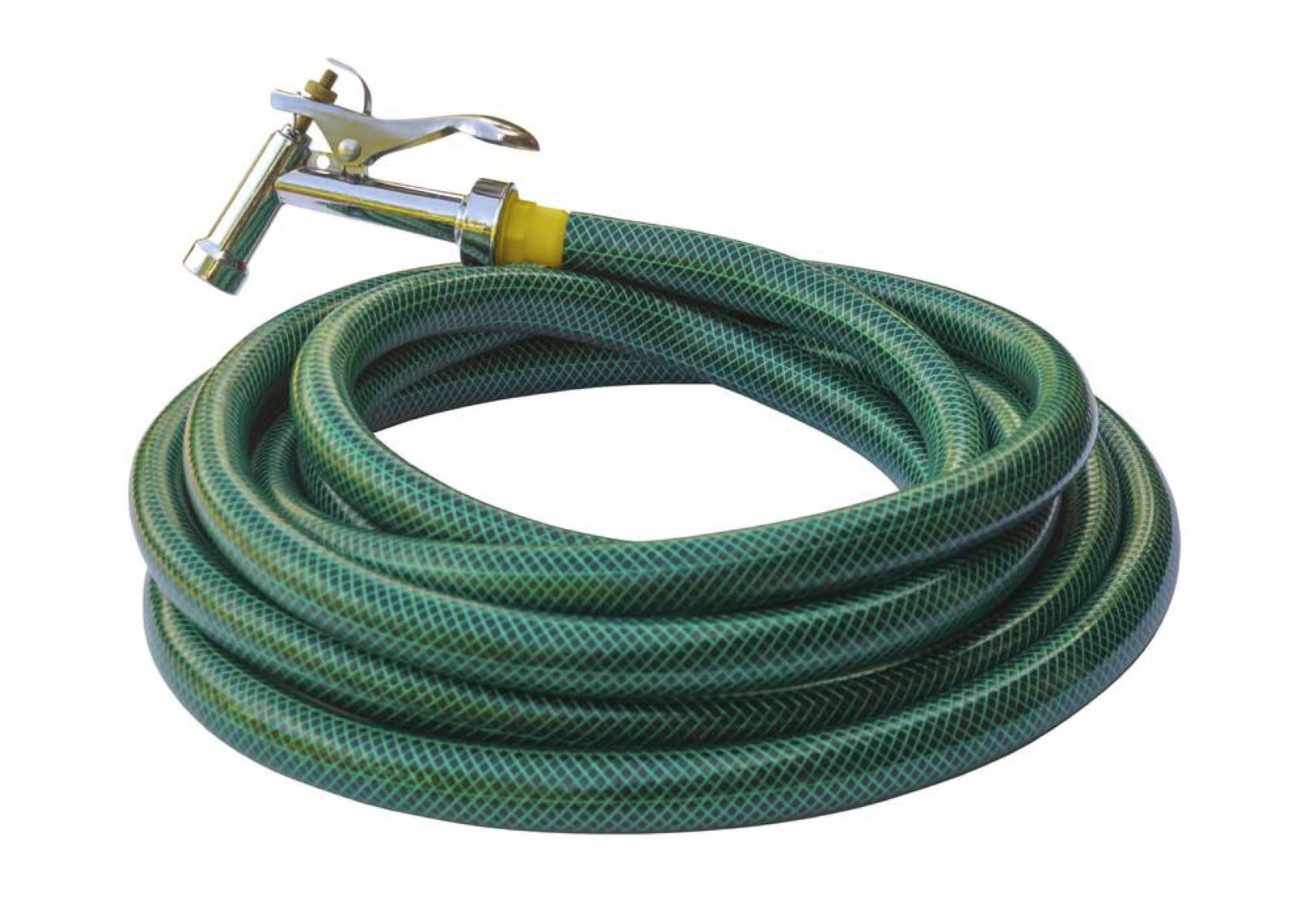
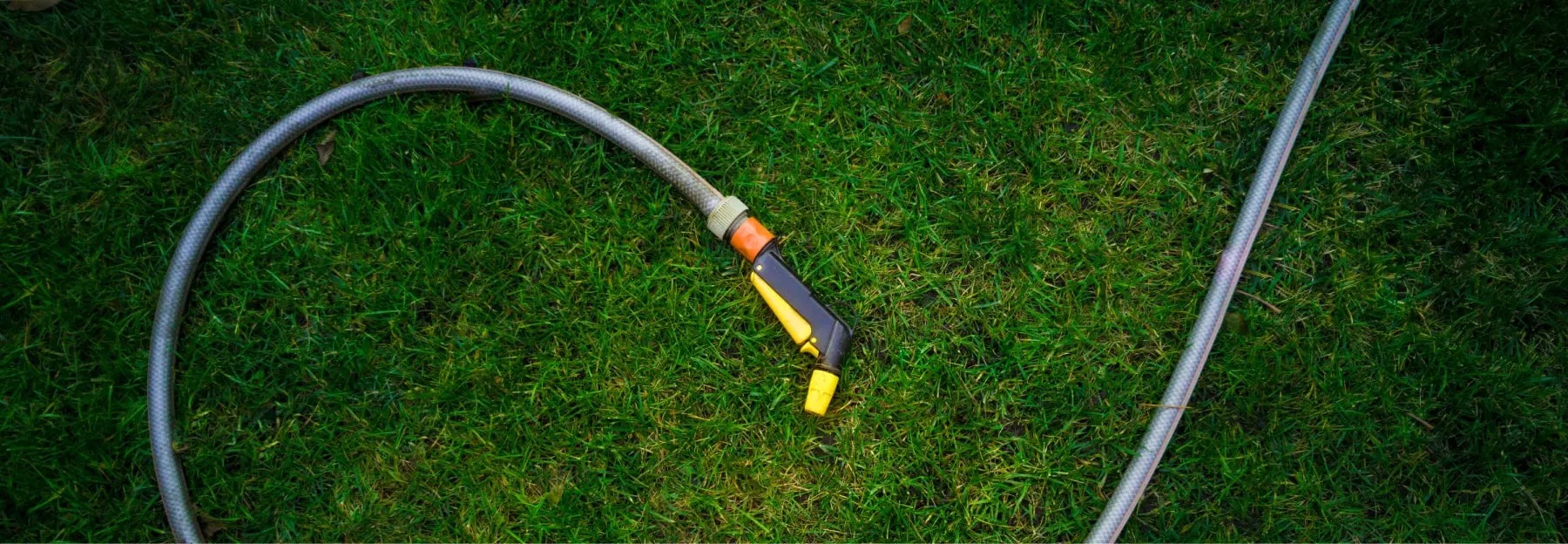
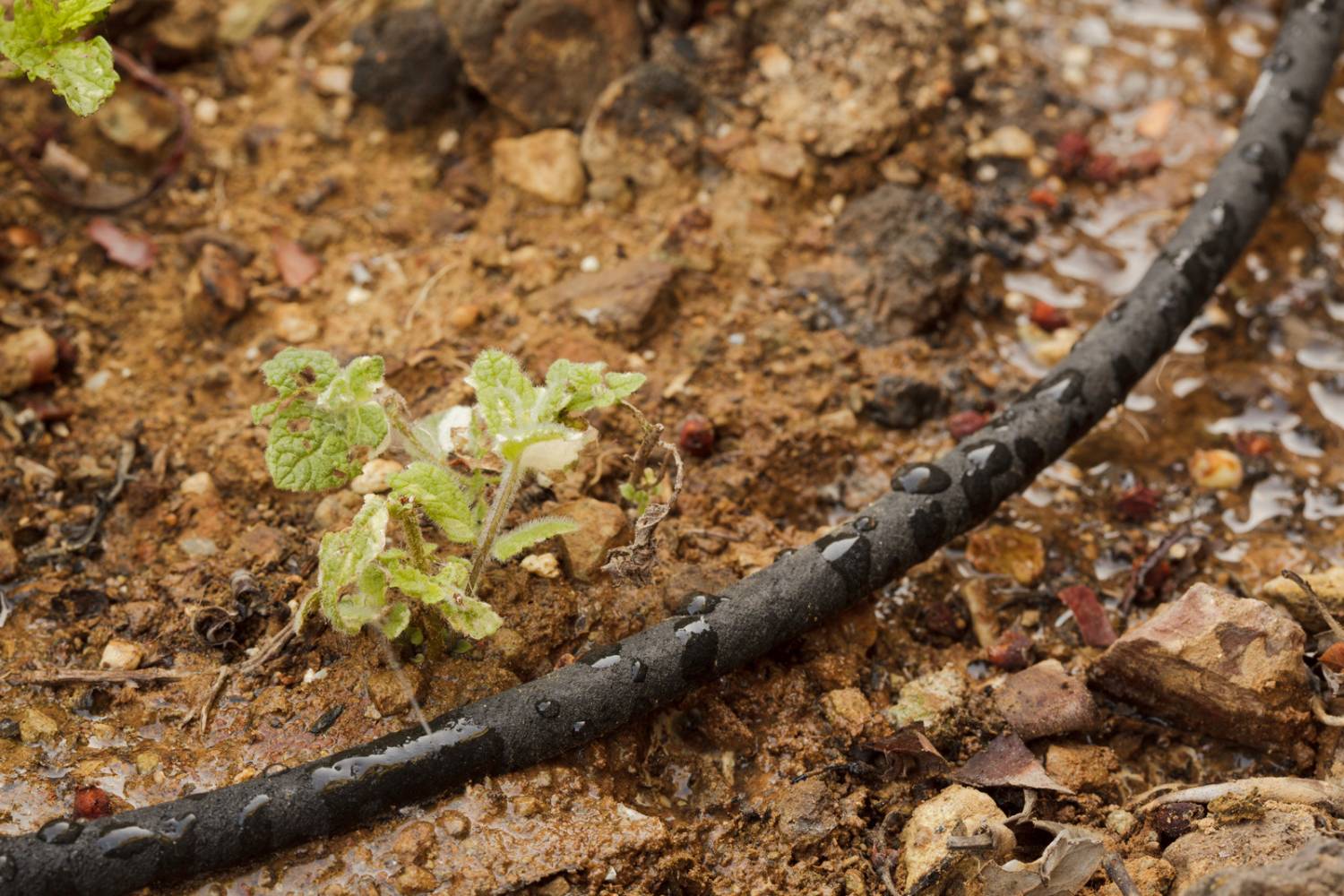
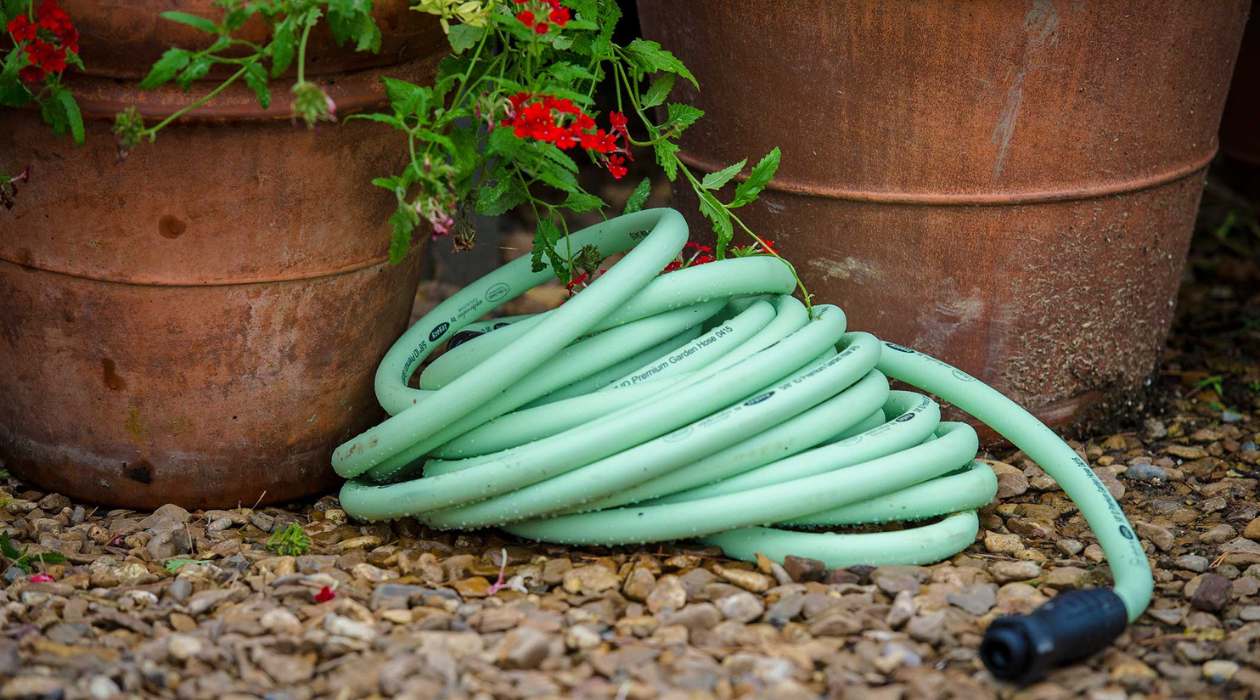
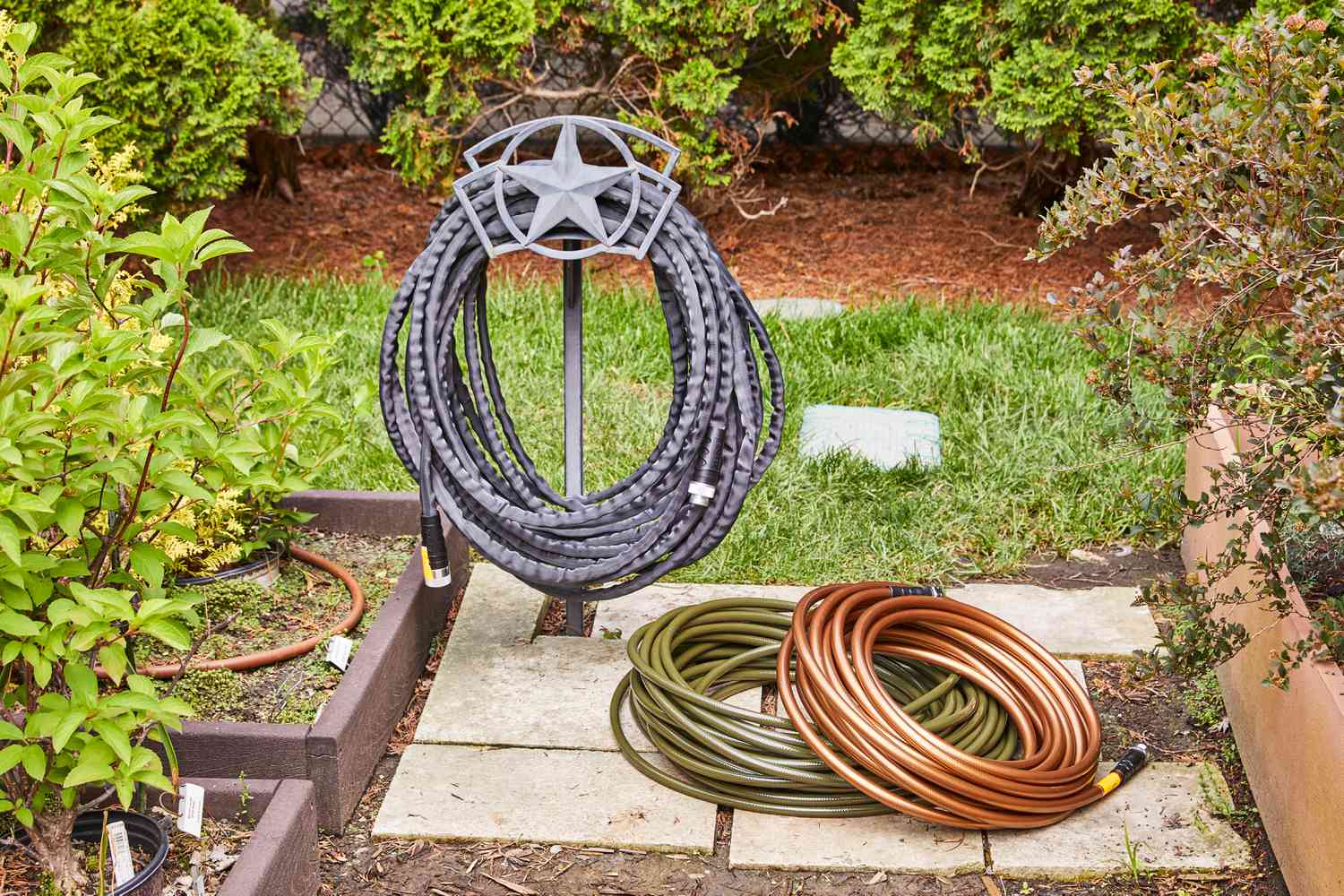
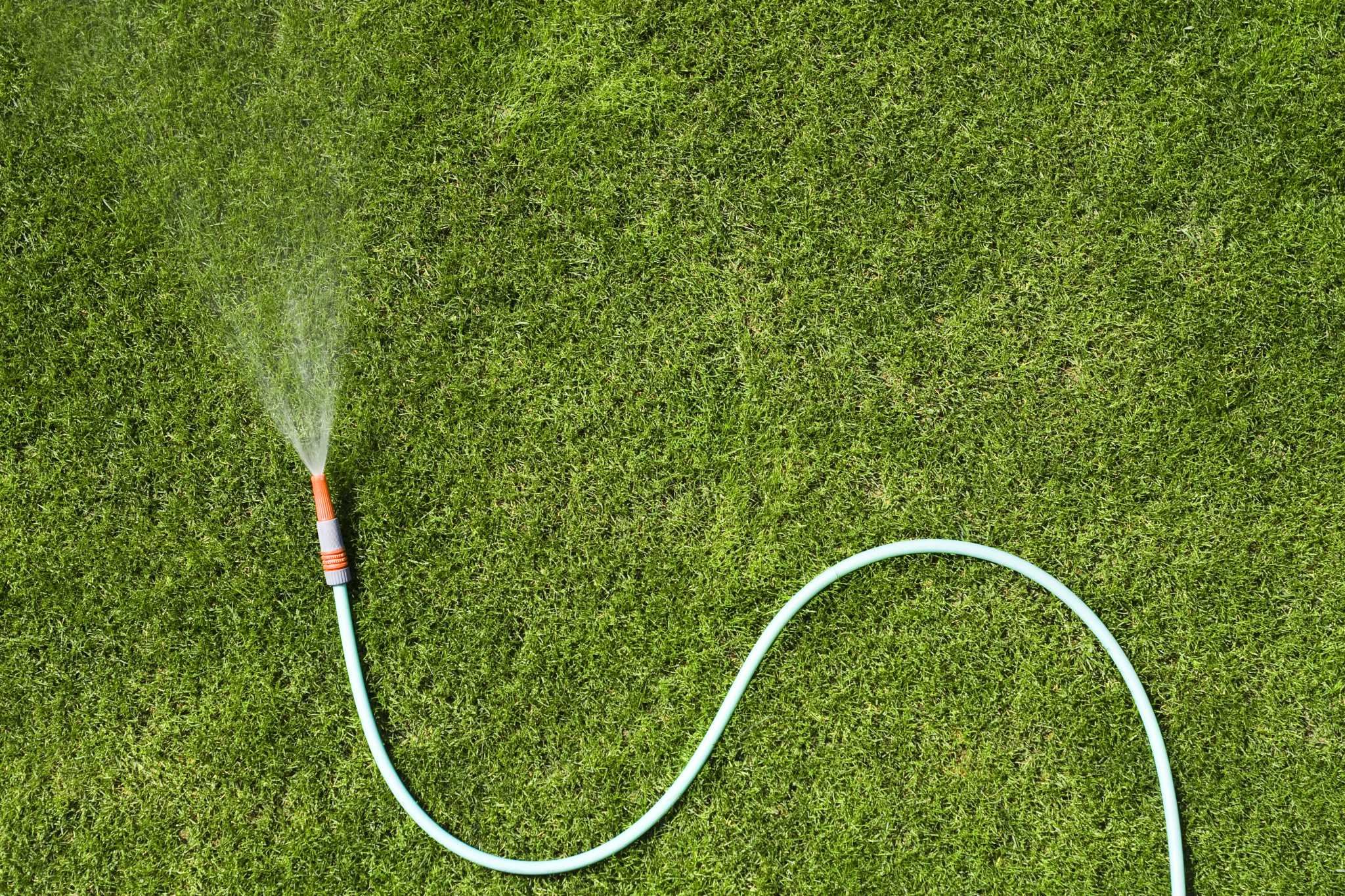
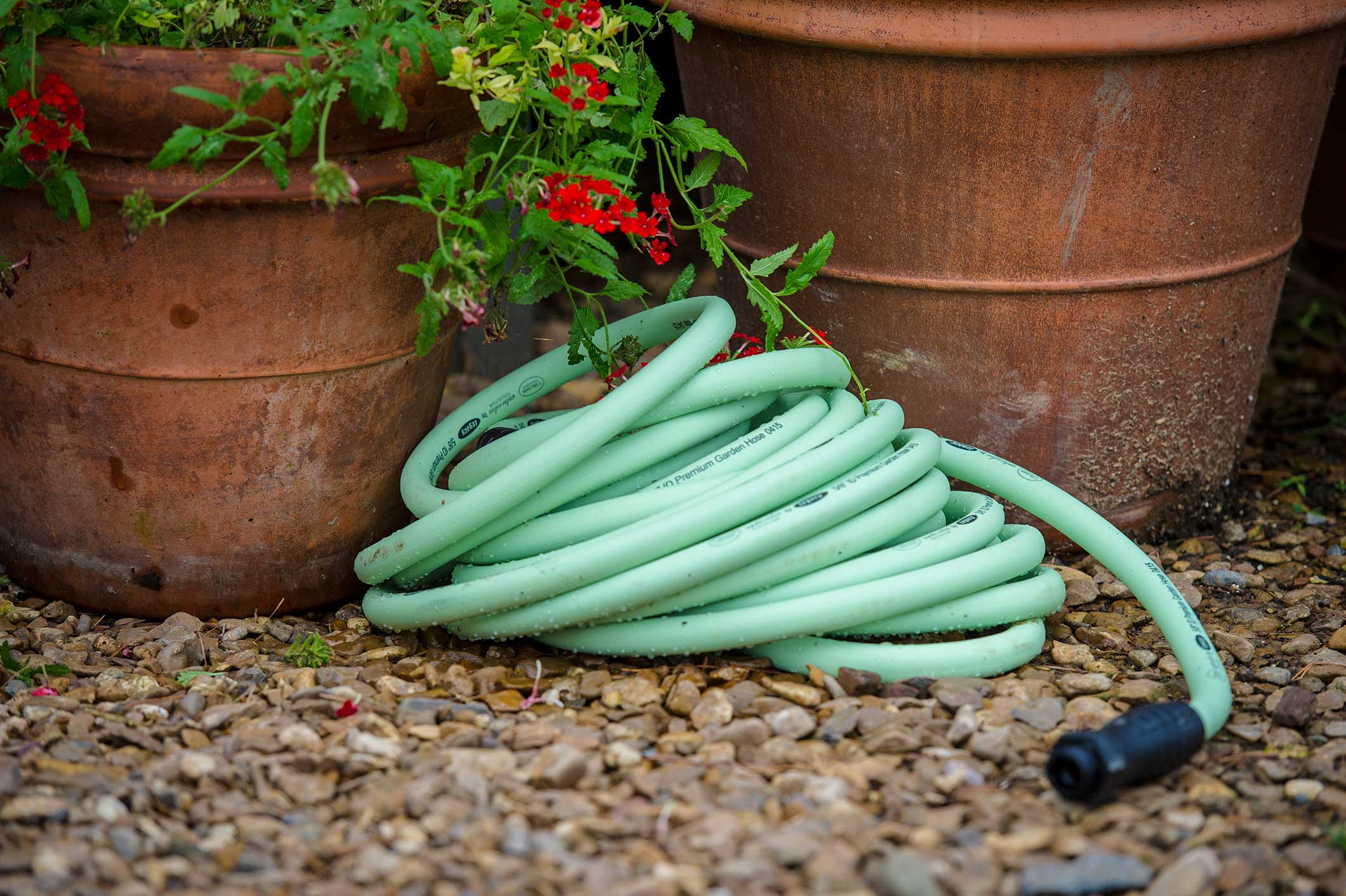
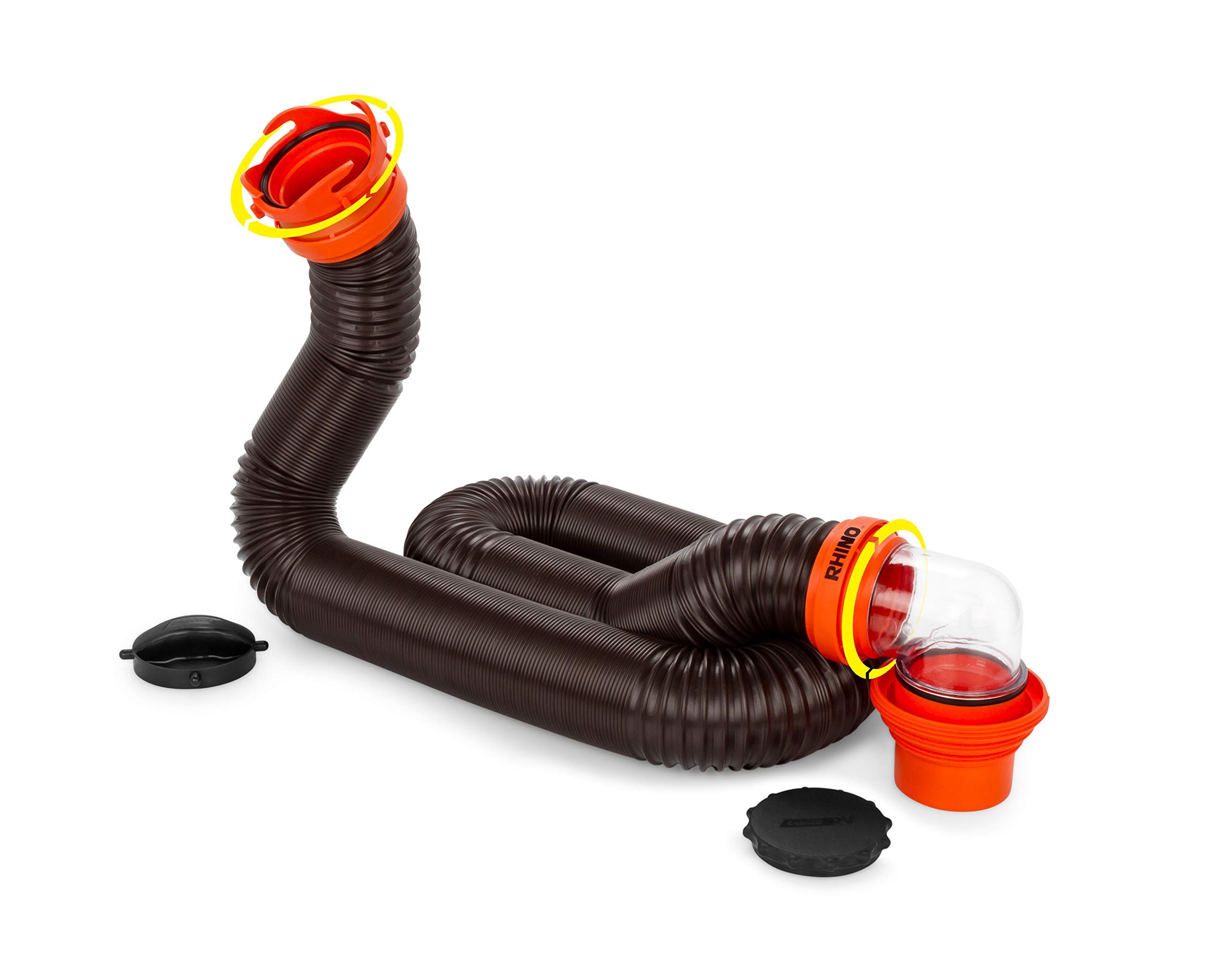
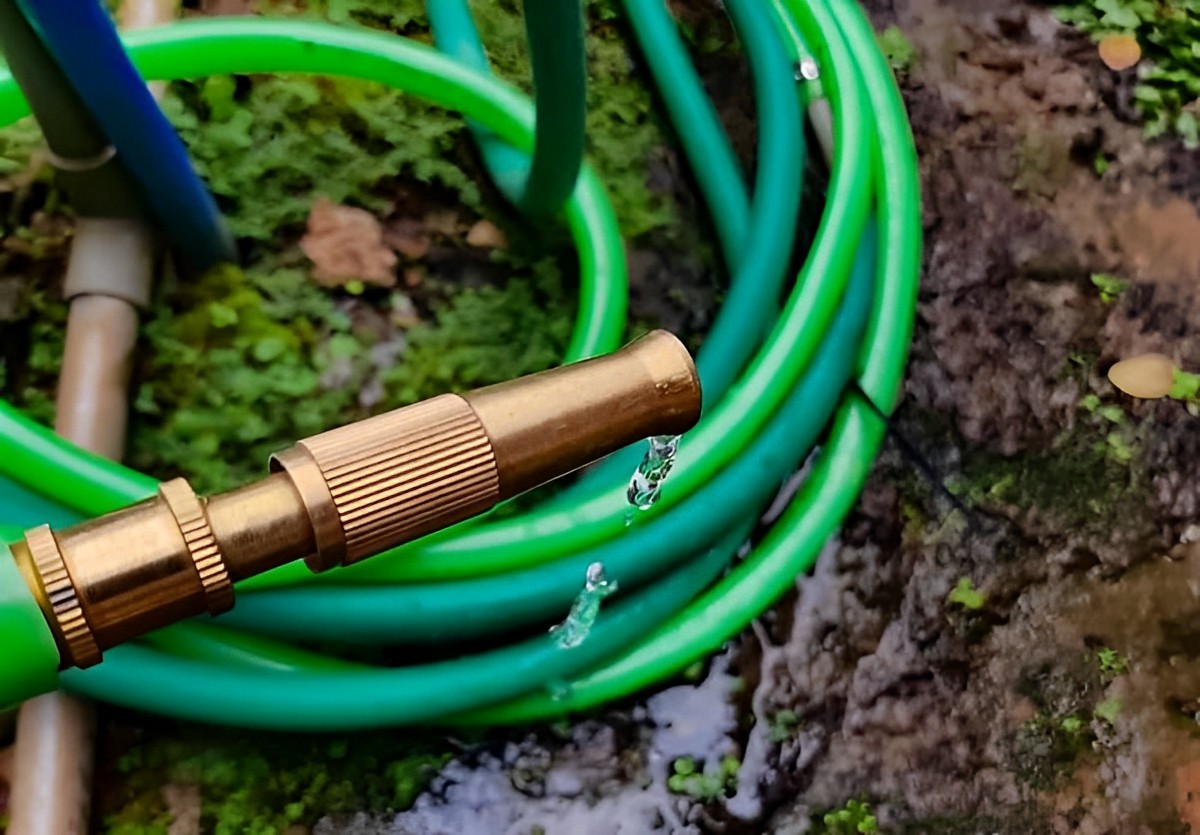
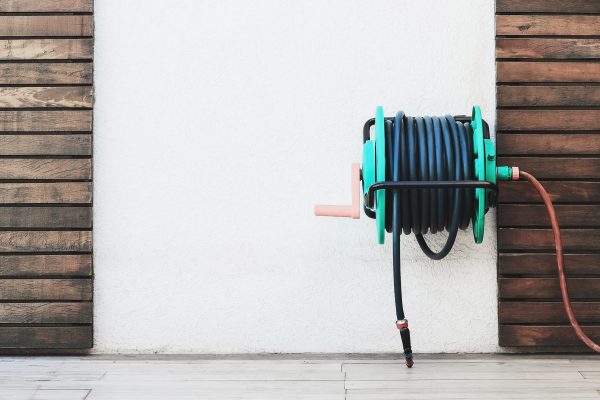
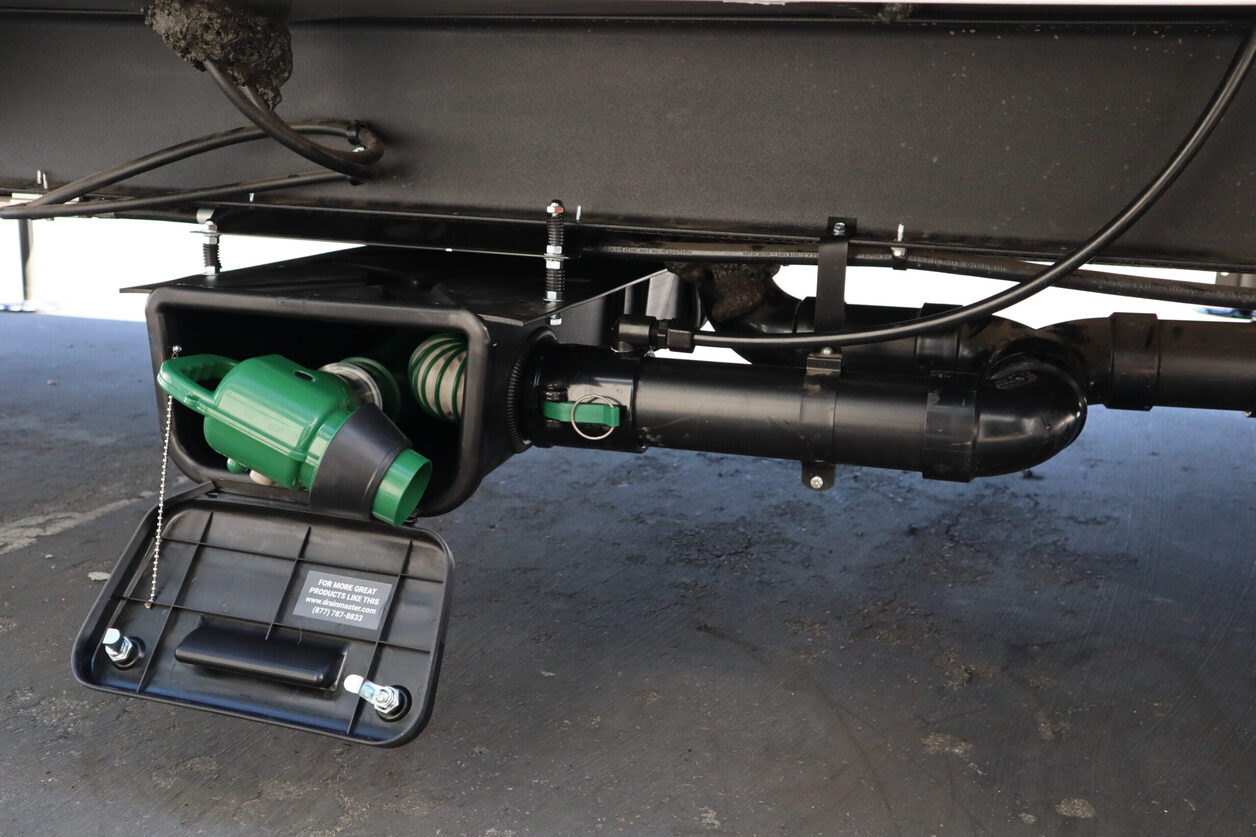
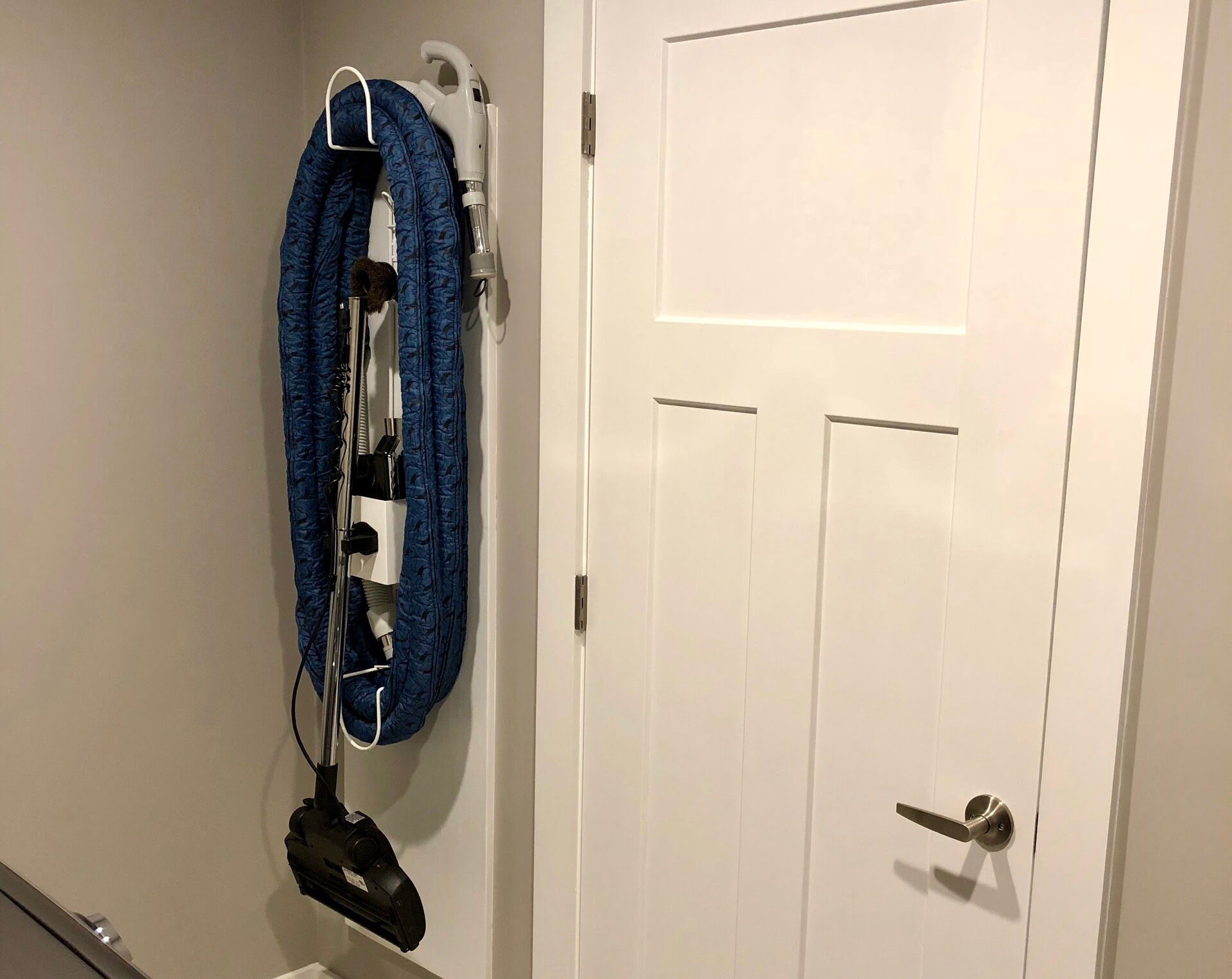
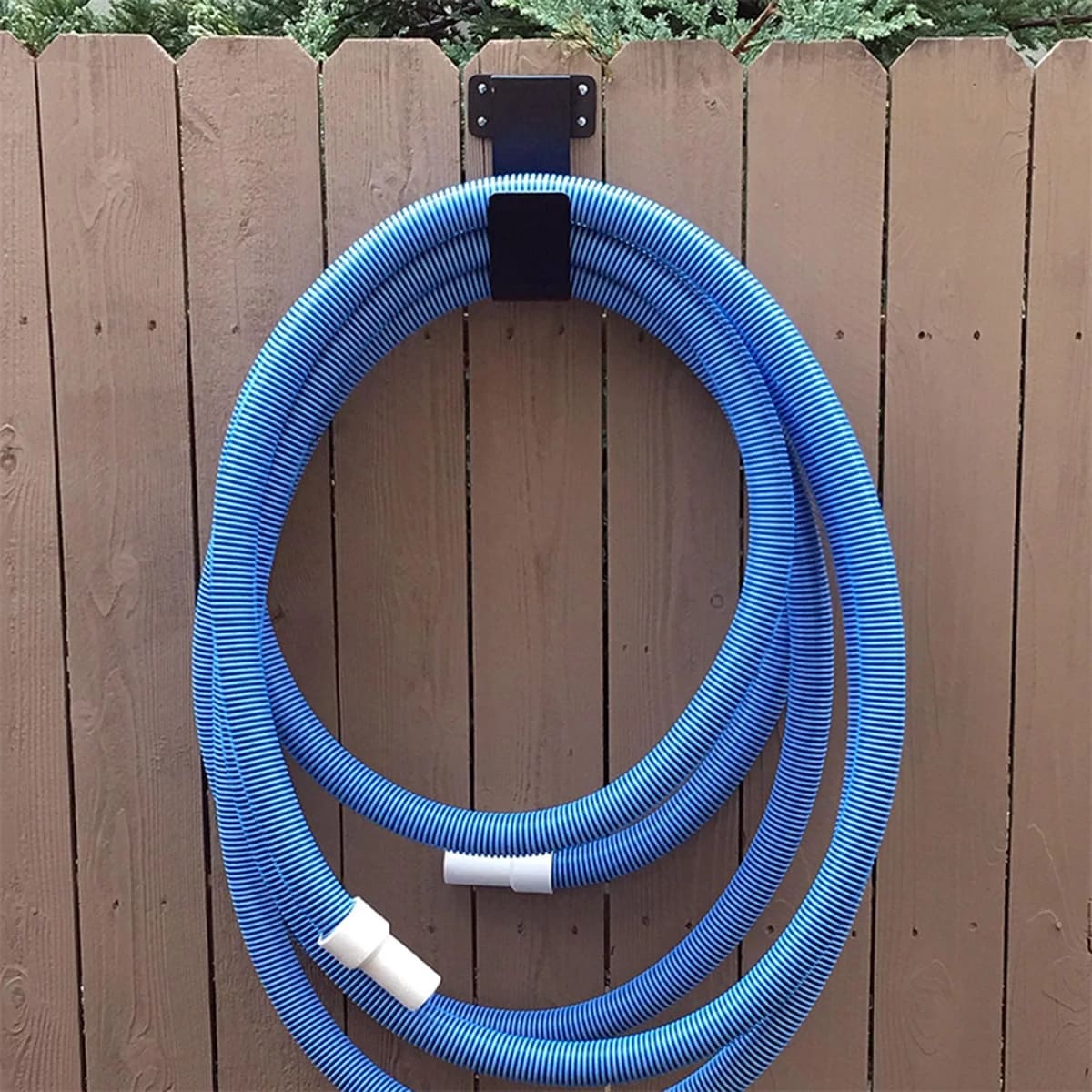
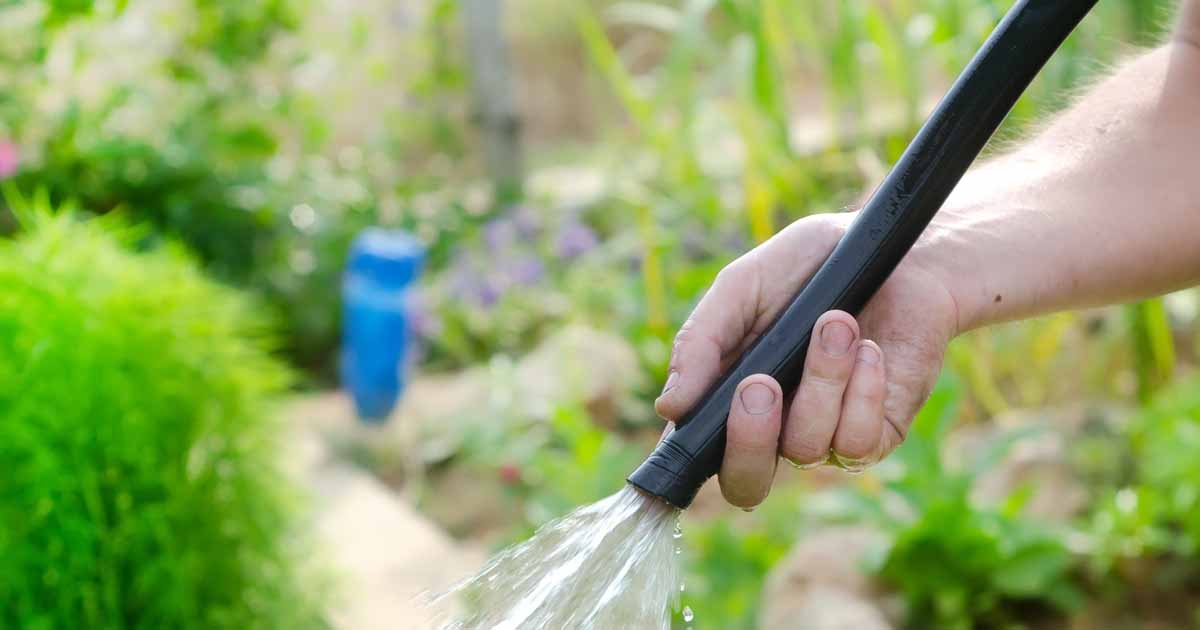

0 thoughts on “How To Store Garden Hose”